

Our new bioRxiv preprint from star technicians Brian Behnken and Wesley George below 🧵
www.biorxiv.org/content/10.1...

Our new bioRxiv preprint from star technicians Brian Behnken and Wesley George below 🧵
www.biorxiv.org/content/10.1...


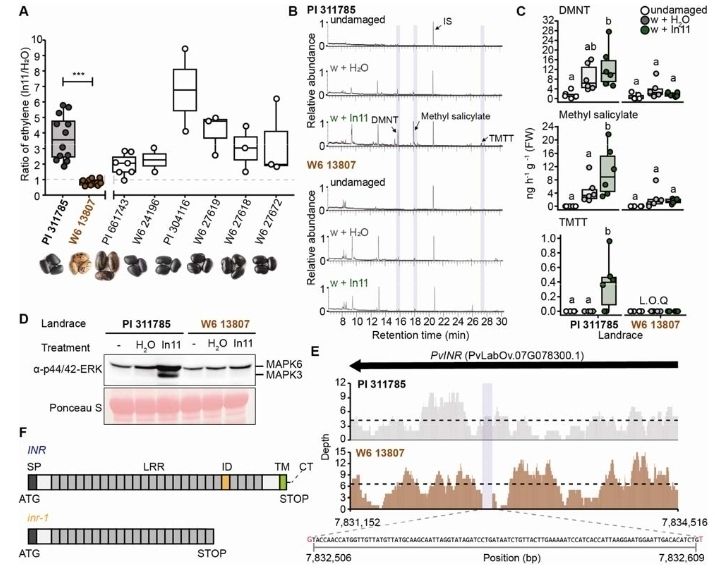
Our new paper on GLR2.7 and its role in plant defense responses to insect eggs is now out in @newphyt.bsky.social
Big thanks to the Reymond Lab @unil.bsky.social and our collaborators !
nph.onlinelibrary.wiley.com/doi/10.1111/...
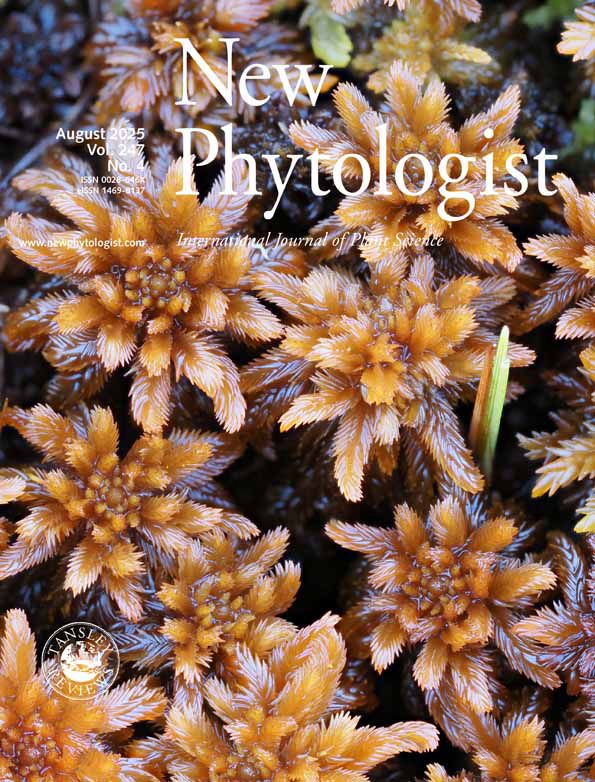
Our new paper on GLR2.7 and its role in plant defense responses to insect eggs is now out in @newphyt.bsky.social
Big thanks to the Reymond Lab @unil.bsky.social and our collaborators !
nph.onlinelibrary.wiley.com/doi/10.1111/...
The paralog SYR2 is an induced negative regulator w/ lower binding affinity.
@nataliagupa.bsky.social highlighted that the module is only found in Solanoideae
www.sciencedirect.com/science/arti...

The paralog SYR2 is an induced negative regulator w/ lower binding affinity.
@nataliagupa.bsky.social highlighted that the module is only found in Solanoideae
www.sciencedirect.com/science/arti...
Two surprising cases showing different ways to regulate immune receptors in plants -- the cell surface LRR-RK, SYR1 and the intracellular NLR DM2
Short summaries below 🧵🌱 #2025ISMPMI
Two surprising cases showing different ways to regulate immune receptors in plants -- the cell surface LRR-RK, SYR1 and the intracellular NLR DM2
Short summaries below 🧵🌱 #2025ISMPMI
CKL1 and CKL2 kinanses locate to the periarbuscular and plasma membranes during AMF symbiosis and their kinase activity is key for regulating downstream lipid biosynthesis.

CKL1 and CKL2 kinanses locate to the periarbuscular and plasma membranes during AMF symbiosis and their kinase activity is key for regulating downstream lipid biosynthesis.
Link: www.npec.nl/phenotyping-...
#2025ISMPMI
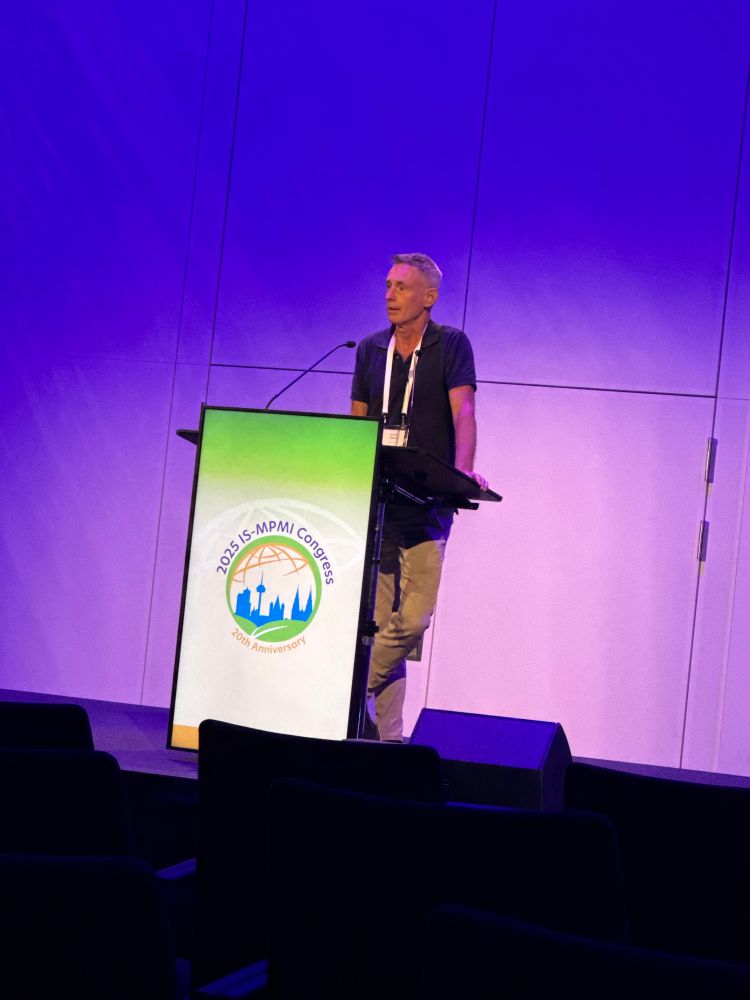
Link: www.npec.nl/phenotyping-...
#2025ISMPMI
MAX effectors—structurally conserved but sequentially diverse.
Beyond HIPPs, AVR-Pib hits MAPKKKs—key players in plant immunity.
One fold, many targets?
#ISMPMI2025 #MAXeffectors #MAPKKK #PlantImmunity
@cbsmontpellier.bsky.social

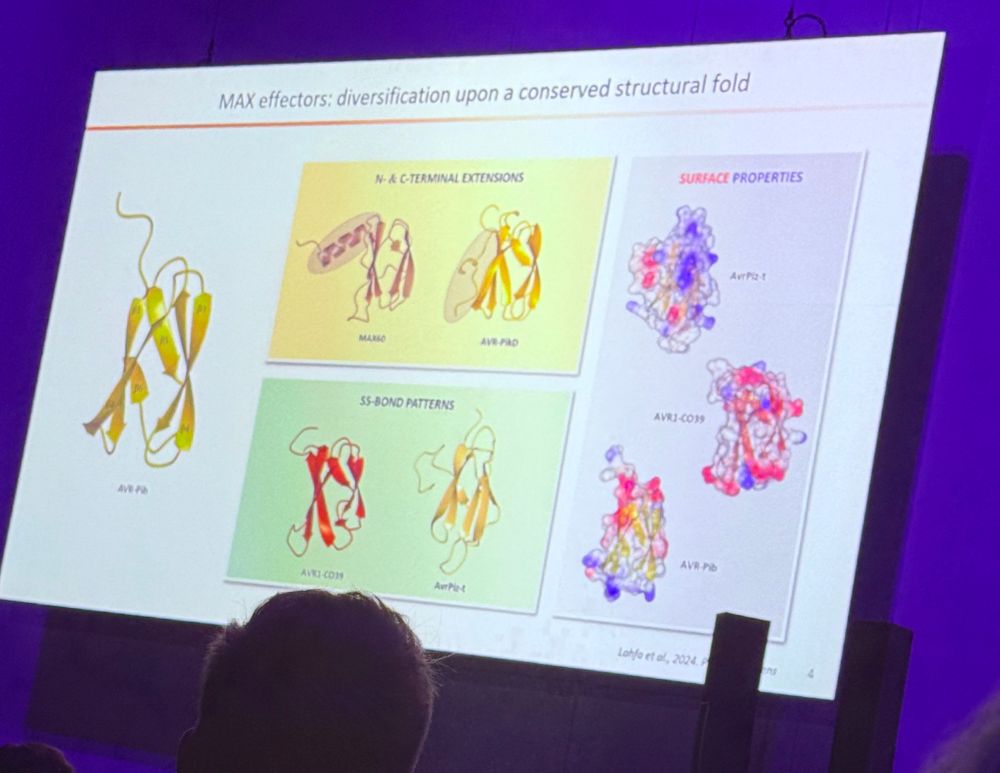
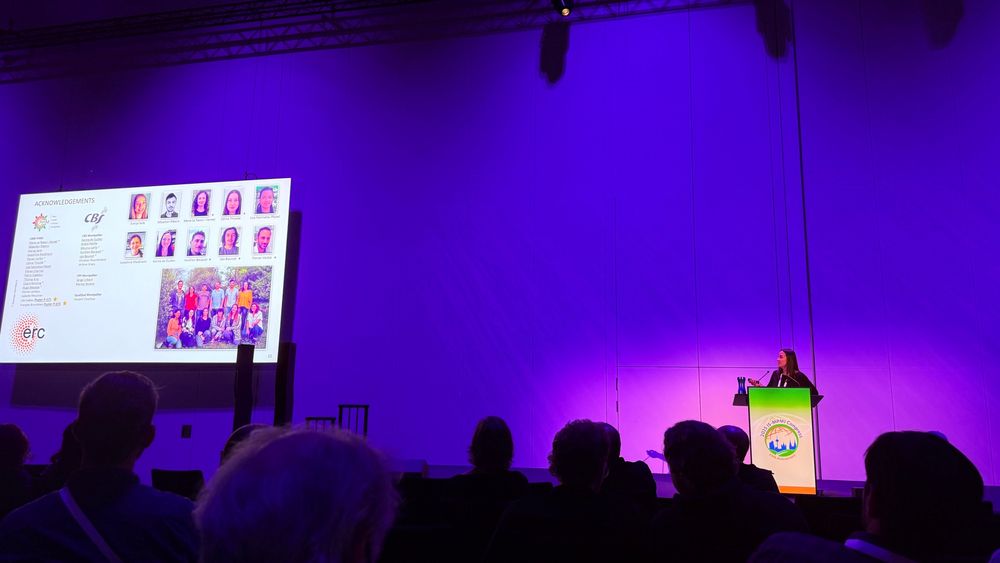

MAX effectors—structurally conserved but sequentially diverse.
Beyond HIPPs, AVR-Pib hits MAPKKKs—key players in plant immunity.
One fold, many targets?
#ISMPMI2025 #MAXeffectors #MAPKKK #PlantImmunity
@cbsmontpellier.bsky.social
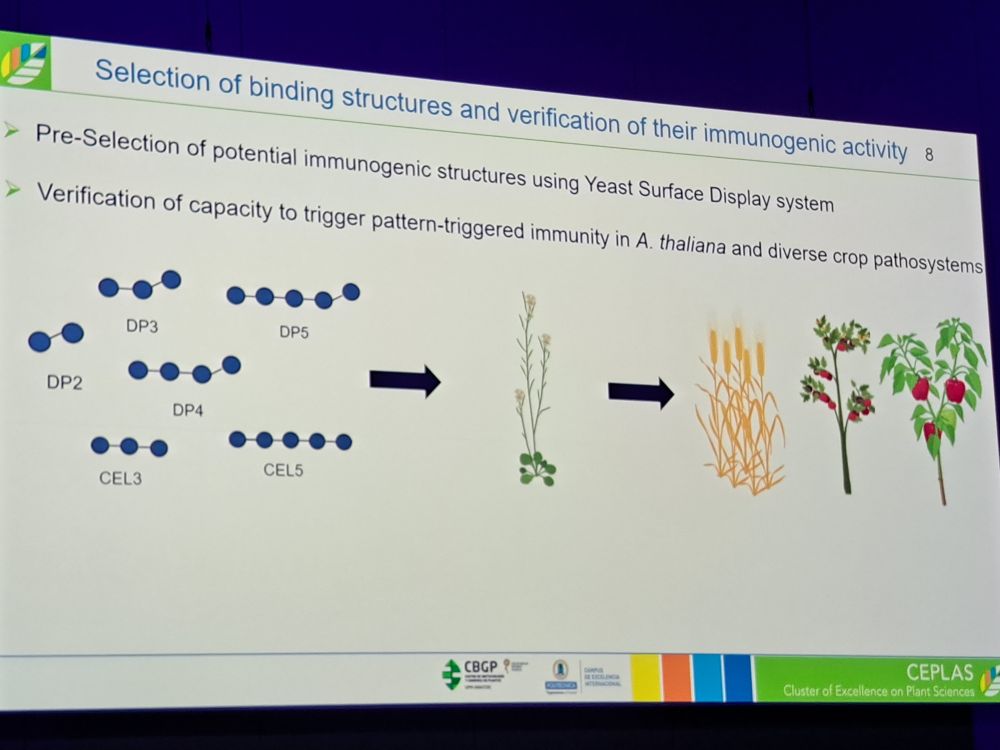
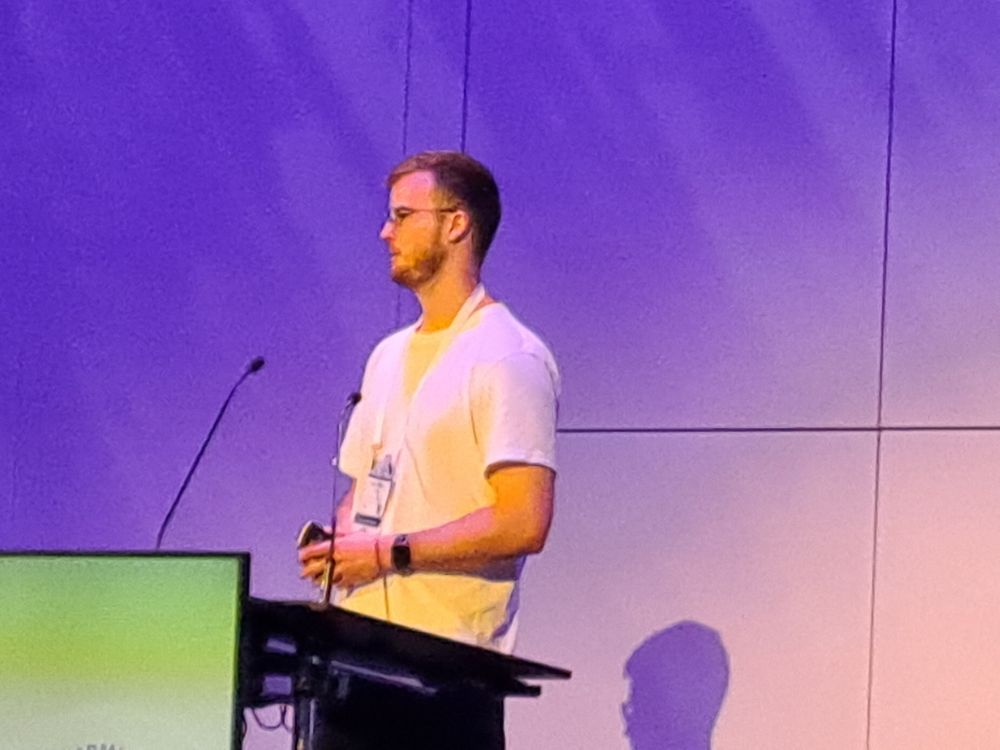
They moved Nif genes into yeast mitochondria! But can this work in plants? Insolubiluty is the issue.
Screened variants by expressing in N benth - found one. Works in rice too!
#2025ISMPMI

They moved Nif genes into yeast mitochondria! But can this work in plants? Insolubiluty is the issue.
Screened variants by expressing in N benth - found one. Works in rice too!
#2025ISMPMI
#2025ISMPMI


